What is an Air Cooler Motor Capacitor?
An air cooler motor capacitor is an essential electrical component used in air cooling systems, primarily to enhance the performance of the motor that drives the fan. These capacitors serve two primary functions: they help in the starting of the motor and facilitate the smooth running of the motor throughout its operational cycle. In essence, the capacitor works by storing electrical energy and releasing it as needed, particularly during the initial start-up phase of the motor when it requires an extra push to overcome inertia.
In air coolers, the motor operates efficiently due to the capacitor’s ability to provide this initial surge of power. The capacitor charges itself when electrical current flows through it, and once it reaches a certain voltage, it discharges its stored energy to the motor, enabling it to start smoothly. This action results in a quicker and more reliable startup, minimizing stress on the motor and enhancing its overall longevity.
Moreover, during regular operation, the motor capacitor continues to play a vital role. It helps maintain a constant voltage across the motor, preventing fluctuations that could lead to inefficient performance or potential damage. This stabilization is critical as it ensures the motor runs at the correct speed and torque, optimizing the air cooler’s efficacy in cooling indoor environments.
In summary, the air cooler motor capacitor is instrumental in both the startup and the running phases of an air cooler’s motor operation. Its role in enhancing motor efficiency not only promotes effective airflow but also contributes to the durability of cooling systems. Understanding the function and importance of this component is crucial for proper maintenance and effective utilization of air coolers.
Types of Air Cooler Motor Capacitors
The air cooler motor capacitors play a crucial role in the effective functioning of air cooling systems. Generally, these capacitors can be categorized into two primary types: permanent split capacitors (PSC) and start capacitors. Each type serves a specific purpose and features distinct advantages and drawbacks.
Permanent split capacitors are commonly used in fan motors and other single-phase applications. As the name suggests, these capacitors remain in the circuit throughout the operation of the motor, which allows them to provide continuous support for motor efficiency. One of the notable benefits of PSCs is their ability to improve operational performance and energy efficiency. However, they may not offer the same level of starting torque as start capacitors.
On the other hand, start capacitors are designed to provide a short burst of energy when the motor is starting. They remain in the circuit only during the initial phase of the motor’s operation, allowing the motor to gain enough speed before being disconnected. Start capacitors are particularly valuable in applications requiring high starting torque, such as compressors or specific fan systems. Nonetheless, the limited lifespan of start capacitors can be a disadvantage, as they may need to be replaced more frequently compared to PSCs.
In addition to these two main types, there are also dual-run capacitors that incorporate the functionalities of both PSCs and start capacitors in a single unit. This versatility can lead to enhanced efficiency in various cooling applications. Choosing the right capacitor type is essential for optimal motor performance and depends on the specific requirements of the air cooler system. By understanding these different types of air cooler motor capacitors, users can make informed decisions tailored to their needs.
Signs of a Failing Motor Capacitor
Motor capacitors are essential components in air coolers, and their performance directly impacts the overall functionality of the cooling system. Identifying signs of a failing motor capacitor is crucial for preventing more serious issues and maintaining optimal air conditioning. One of the most common symptoms is unusual noises emanating from the cooler. These noises may include humming, buzzing, or clicking sounds, generally indicating that the motor is struggling to start or operate efficiently.
Another notable sign of a deteriorating motor capacitor is decreased cooling efficiency. Users may notice that their air cooler is not producing sufficient cool air, which can lead to discomfort during hot weather. This decline in cooling capacity often stems from the capacitor’s inability to provide the necessary electrical charge for the motor to function properly.
Additionally, difficulties in starting the motor can point towards capacitor failure. When an air cooler experiences delays or intermittent starts, it signals that the motor might not be receiving adequate power due to a malfunctioning capacitor. In some instances, the unit may fail to start altogether, requiring inspection and potential replacement.
Addressing these symptoms promptly can prevent further damage to the air cooler system. Continuing to operate the cooler with a failing capacitor can lead to additional strain on the motor and other components, resulting in costly repairs or a complete system breakdown. Therefore, it is essential to monitor these signs closely and seek professional assistance when necessary. Regular maintenance and timely diagnosis play a significant role in extending the lifespan of air coolers and ensuring their efficient operation.
How to Replace an Air Cooler Motor Capacitor
Replacing a faulty air cooler motor capacitor can be a straightforward process if approached methodically. To begin, ensure you gather all necessary tools such as a screwdriver, multimeter, insulated gloves, and a voltage tester. It is also wise to use safety goggles to protect your eyes from any debris. Before starting the replacement, ensure that the cooler is unplugged to prevent any electrical hazard.
The first step in the process involves removing the outer casing of the air cooler. Carefully unscrew the screws that hold the casing in place, and gently lift it off. Once exposed, locate the capacitor; it is typically a cylindrical or rectangular component situated near the motor. Utilize your multimeter to verify the capacitor’s condition. A healthy capacitor will show a specific resistance value, while a faulty one will display inconsistencies.
When you confirm that replacement is necessary, take note of the capacitor’s specifications, including its capacitance value and voltage rating. These details are crucial for purchasing the correct replacement. After securing the new capacitor, disconnect the old one by unscrewing the connections. Carefully connect the new capacitor, ensuring that you match the terminal connections based on the original setup. Consult the wiring diagram if available to avoid miswiring, as incorrect connections can lead to equipment failure or risk of electrical shock.
Once the new capacitor is connected, double-check all connections and reassemble the air cooler by replacing the casing and screws. Before plugging in, perform a final inspection for any potential hazards. It is important to dispose of the old capacitor properly by following local regulations, as they can contain harmful materials. Adhering to safety measures throughout this process not only ensures successful replacement but also promotes a safe working environment.
Maintenance Tips for Air Cooler Motor Capacitors
Maintaining air cooler motor capacitors is essential to ensure the efficient operation and extended lifespan of your cooling system. Regular check-ups are crucial, as they allow you to identify any signs of wear or potential issues early on. Schedule inspections at least twice a year, ideally before the peak cooling season begins. During these inspections, examine the capacitors for signs of bulging, leaks, or corrosion, as these can indicate that a replacement is necessary.
Dust accumulation can significantly affect the performance of air cooler motor capacitors. To prevent this, ensure regular cleaning of both the exterior and interior components of the cooler. Use a soft brush or a dry cloth to gently remove dust and debris from the capacitors and surrounding areas. Caution must be exercised while cleaning; ensure the air cooler is powered off and disconnected to prevent any electrical hazards. Additionally, employing a vacuum with a brush attachment can effectively remove dirt from hard-to-reach areas without damaging components.
When replacing air cooler motor capacitors, always opt for quality components. Using inferior capacitors can lead to decreased performance and shortened lifespan. It is advisable to consult the manufacturer’s specifications or seek assistance from a qualified technician to select capacitors that best match the requirements of your cooling system. Furthermore, ensure that the installation is done correctly to avoid future complications.
Overall, implementing these maintenance tips can help enhance the longevity and efficiency of your air coolers. By performing routine check-ups, maintaining cleanliness, and utilizing high-quality components, you can optimize the functionality of your air cooler motor capacitors. This proactive approach not only saves costs associated with replacements but also ensures uninterrupted cooling during hot weather.
| Air Cooler Brand Name | Aisen, Arctic, Bajaj, Blue Star, Blueberry, Butterfly, Candes, Cello, Cospex, Croma, Crompton, Crompton Greaves, Cruiser, CRUISER C.S.O., Daenyx, Godrej, Greenchef, HAVAI, Havells, Hindware, Hindware Snowcrest, Impex, Intex, Kelvinator, Kenstar, Khaitan, Krish, Lazer, Lifelong, Livpure, Maharaja Whiteline, Mccoy, Onida, Orient, Pigeon, Polycab, Power Guard, Raptas, Sansui, Singer, Sunflame, Symphony, T-Series, Thomson, Usha, V-Guard, Varna, Vego, Venus, Voltas, Wybor |
|---|---|
| Air Cooler Capacity | 21 to 60 liters, 40 to 80 liters, 60 to 85 liters, Below 20 liters |
| Air Cooler Type | Desert, Personal, Room, Tower, Window |
| Technician Type | With Technician, Without Technician |
Only logged in customers who have purchased this product may leave a review.
Related products
-
Air Cooler Parts
Air Cooler Float Valve
₹455.00 – ₹1,055.00 Select options This product has multiple variants. The options may be chosen on the product pageRated 0 out of 5 -
Air Cooler Parts
Air Cooler Ice Chamber
₹1,040.00 – ₹1,640.00 Select options This product has multiple variants. The options may be chosen on the product pageRated 0 out of 5 -
Air Cooler Parts
Air Cooler Water Pump
₹910.00 – ₹1,510.00 Select options This product has multiple variants. The options may be chosen on the product pageRated 0 out of 5 -
Air Cooler Parts
Air Cooler Fan Blade
₹520.00 – ₹1,120.00 Select options This product has multiple variants. The options may be chosen on the product pageRated 0 out of 5

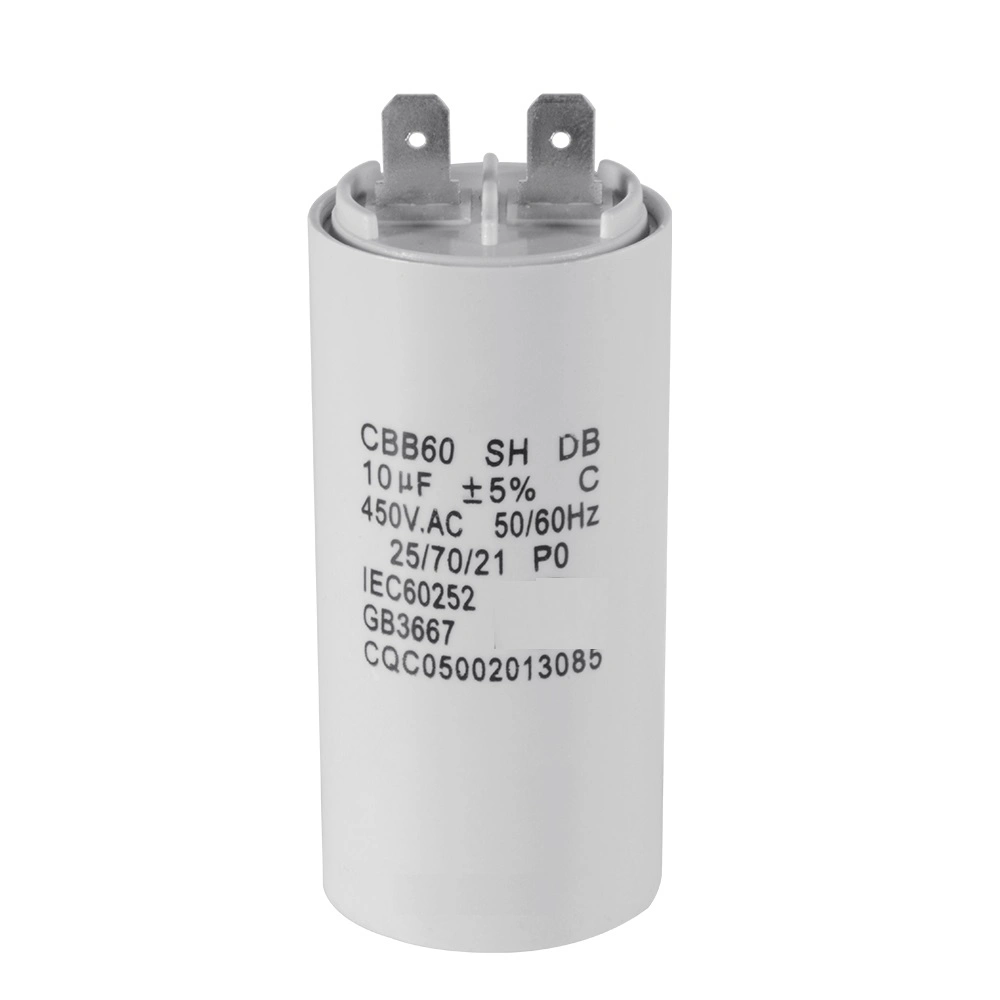
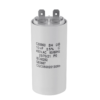
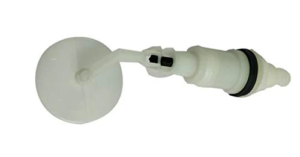
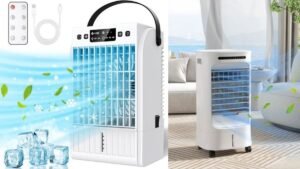

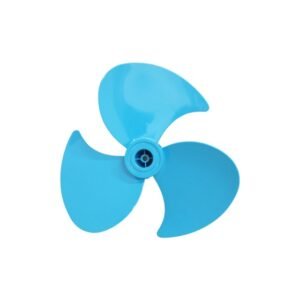
Reviews
There are no reviews yet.